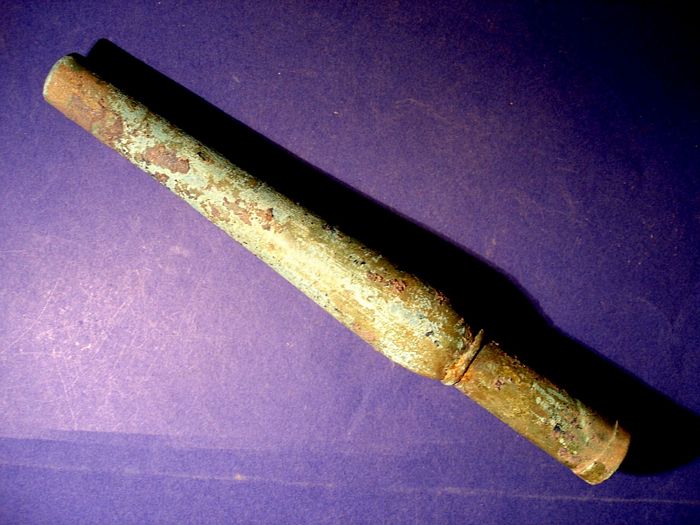. . . but how can you tell?
Beyond me. Anyone with enough knowledge to detect a fake has enough knowledge to engineer a fake.
I believe there is a lot of it which goes on, "honestly" and otherwise. Someone 30 or 40 years ago wanted to create an object convincingly similar to an authentic piece, and it falls into uninformed, conniving or outright villainous hands.
There are many smiths now engaged in "defarbing" reproduction muzzleloaders to remove any modern markings. Twenty years from now I guarantee some relative will be totally convinced they have an authentic item.
That's why anthropologists and archeologists get so mad at amatures. Once an item is removed from it's surroundings it becomes worthless because it is impossible to date accurately and may just be a clever fake.
I understand there is a small industry in Morocco to carve fossils for the American market. 200 hours of labor to turn a worthless rock into a $200 fossil seems insane to us, but not at their labor rates.
The one below is currently $900 on eBay.
So, is it a perfect example or a perfect forgery? "Professional excavation" from a quarry near St. Petersburg, Russia. ". . . well preserved and beautifully prepped. . . ."
Caveat emptor.



